zhuzhu
Ideal_Rock
- Joined
- Mar 15, 2006
- Messages
- 2,503
... Germany of the 1300''s. One could argue that cut diamonds are "invented" in Europe. I wonder if is would be fair to assume that the AVERAGE QUALITY of antique and older cuts (point cut, rosecut, OMC, OEC...ect)would be better/higher than those cut by Americans?
Is it reasonable to say that Belgian (Tolkowsky) should be given the credit for the brilliant modern round cut that is popular today, but it is the Americans who contribute to the continued improvement in their performance?
Is it reasonable to say that Belgian (Tolkowsky) should be given the credit for the brilliant modern round cut that is popular today, but it is the Americans who contribute to the continued improvement in their performance?


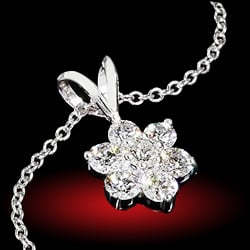
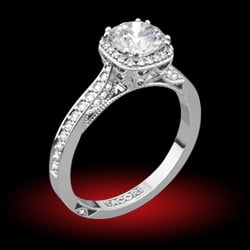
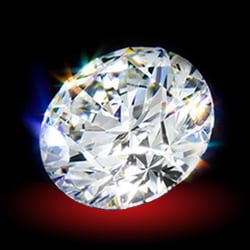

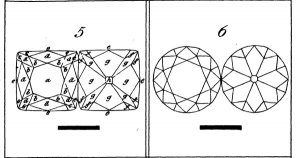
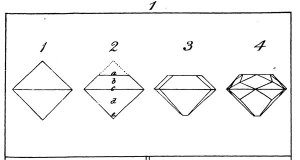



300x240.png)